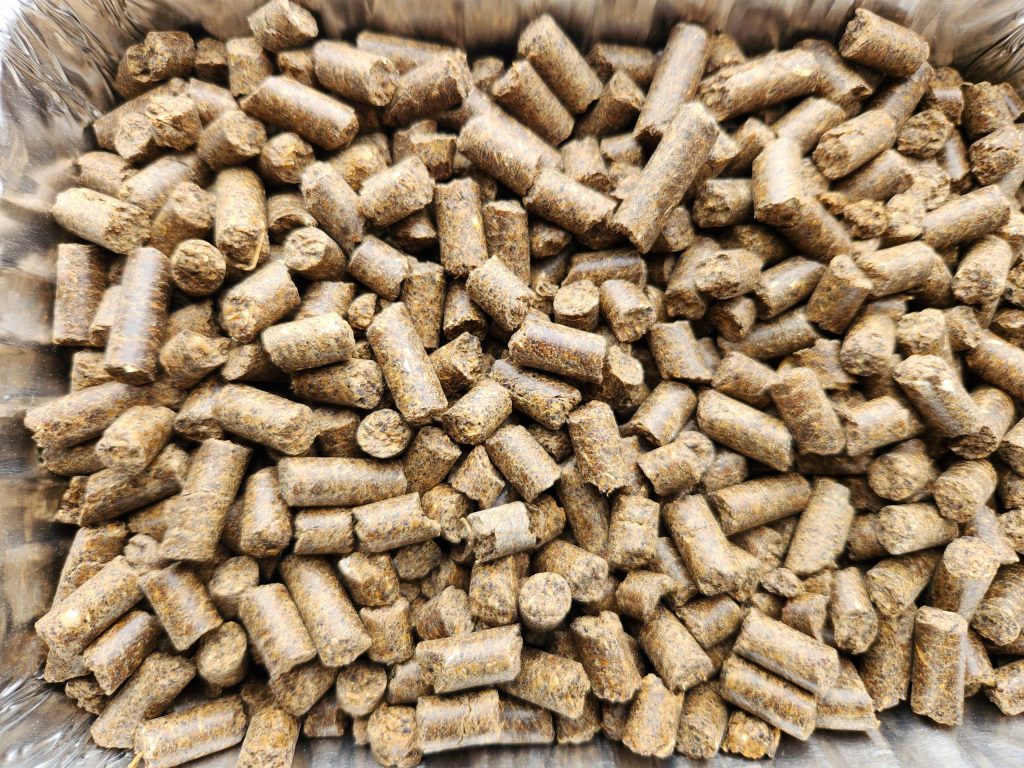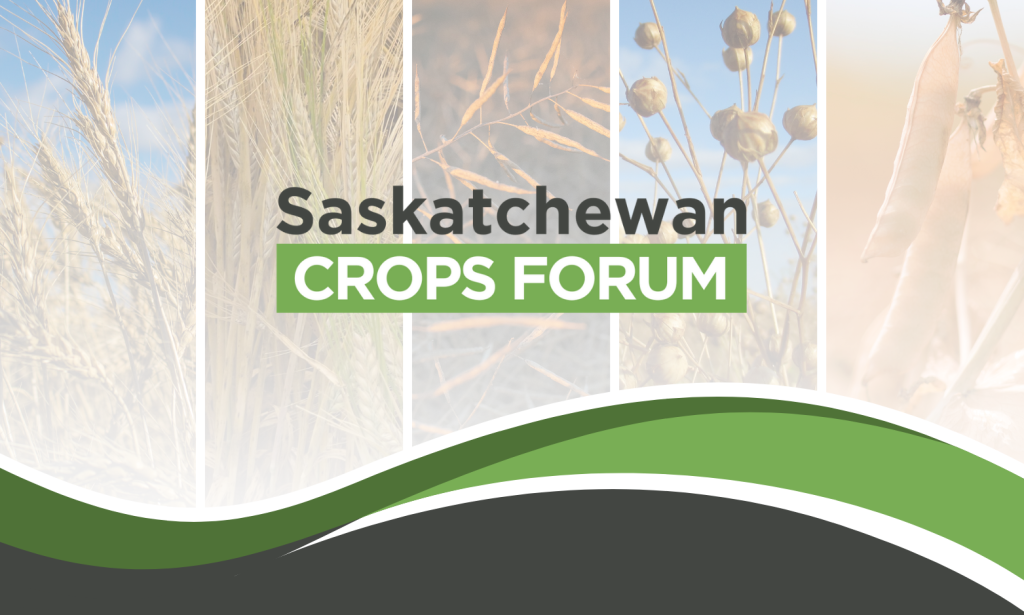You are what you eat. Your body is a temple. Breakfast of champions. We’ve all heard the cliches in terms of human health, but do they hold true for cattle as well?
As it turns out, yes they do. AAFC scientists study ruminant nutrition in order to make the production of healthy cattle as efficient as possible.
The bulk of Canadian cattle – 84% – are raised in the Prairie provinces. Typically, producers raise cattle on a diet of grazed forages (grasses, legumes and other roughage plants) in pastures (also known as rangeland) for the first 9-11 months of the calf’s life. Given the variability in rangeland plant communities, uncontrollable weather conditions and the impact of cattle on the environment, ruminant nutritionists have a lot to study about this stage of cattle diets.
Getting a good start: rangeland forages are key
It’s fitting that many of AAFC’s forage and beef experts are located in Swift Current, Saskatchewan. With some of the driest conditions in the Canadian Prairies, this is the heartland of semi-arid prairie, providing real-world beef herd with physical conditions that can’t be replicated elsewhere in Canada. Here, an integrated team, including forage breeders, ruminant nutritionists, pasture and grazing experts, soil scientists and agrometeorological experts, work together to better understand the implications of cattle on the landscape.
Ruminant nutritionist Dr. Aklilu Alemu is focused on improving the efficiency of animal production while minimizing its environmental impact.
“We have several projects that look at grazing different combinations of annual and perennial forage species, winter feeding and supplementation, right in the middle of cattle country. The overall goal is improving the nutritional efficiency of the animal to improve the economic and environmental sustainability of Canadian beef production as a whole.”
– Dr. Aklilu Alemu, Research Scientist
Different species in combination
Prairie pasture land is typically a grassland mix of introduced species (such as alfalfa and grasses) as well as some native species, such as native grasses and Purple Prairie Clover. Like human food, animal feed varies in nutritional value. Dr. Alemu is studying the specific environmental and health benefits of some forages including chicory (Cichorium intybus L.), Sainfoin (Onobrychis viciifolia Scop.) and Purple Prairie Clover (Dalea purpurea Vent.,) – and how they can be better integrated with existing forage species. For example, the high levels of tannins in PPC can help reduce enteric methane emissions from cattle, and the secondary metabolites in chicory can help improve animal health.
Polycropping (growing mixtures of multi-species annual forage crops together) is becoming a common practice amongst Canadian beef producers. These polycrops can be used either for summer grazing or fall swath grazing. The aim is to increase forage diversity, productivity and quality while also improving soil conditions and animal productivity. Aspects of this research have been developed with local producers, and are being carried out on working farms as part of Living Lab – Central Prairies, for which Dr. Alemu serves as AAFC’s science co-lead. The Living Lab – Central Prairies project is funded under the AAFC Agricultural Climate Solutions – Living Labs program. This program brings together farmers, scientists, and other collaborators to co-develop and test innovative practices and technologies on working farms.
This is a relatively new management practice, so Dr. Alemu and his collaborators hope to fill gaps in research. A systems-approach has been implemented to evaluate the impacts of annual forage blends containing 2 to 8 different species on forage yield and quality, animal performance, soil characteristics, Greenhouse Gas (GHG) emissions and cost of production.
The challenge of winter feeding
In areas where temperatures regularly dip below -20 degrees Celsius, cattle producers have to increase feeding rations as animals burn more energy trying to stay warm.
But as this comes at an expense, producers need to weigh the pros and cons of keeping their weaned calves for longer (and in winter conditions) against the increased payoff of selling heavier-weight cattle. Dr. Alemu and his colleagues are evaluating the economics and environmental benefits of this system to determine if the increased cost of feed and infrastructure, such as more pens, provide higher returns.
Another winter challenge: forage plants are dormant and snow covered, so winter feeding relies primarily on cut and saved forages such as hay. However, the nutritional quality of hay is lower than that of fresh forages. Dr. Alemu is interested in the role of supplements, particularly those that are easily accessible on the prairies, such as byproducts from ethanol or food production.
One example is canola meal, a protein-rich byproduct of another agricultural output the Prairies is well known for: canola oil. In an ongoing feeding trial, the team is studying how adding relatively low-cost canola meal pellets can boost feed utilization and animal performance. Additional trials are being implemented on 2 ranches as part of Living Lab – Central Prairies, where Dr. Alemu is working directly with the ranchers to continuously test and improve this practice. Early results show that supplementing high-forage diets with canola meal pellets as little as once per week, maintained animal performance without impacting enteric methane emissions.
This breakthrough means significant savings for farmers without sacrificing herd health or environmental goals. With canola processing expanding in Saskatchewan, this research offers a practical way to boost feed efficiency while reducing the environmental impact of cattle. Dr. Alemu’s work is paving the way for more sustainable, cost-effective livestock nutrition and production – benefiting both producers and the planet.
Funding for these projects is made possible through the Government of Canada and the Government of Saskatchewan through the Sustainable Canadian Agriculture Partnership (Agriculture Development Fund), the Beef Cattle Research Council, Saskatchewan Cattle Association, Alberta Beef Producers, and the Southwest Saskatchewan Forage Association Ltd.
Thank you to Agriculture and Agri-Food Canada for submitting the article and photo.


